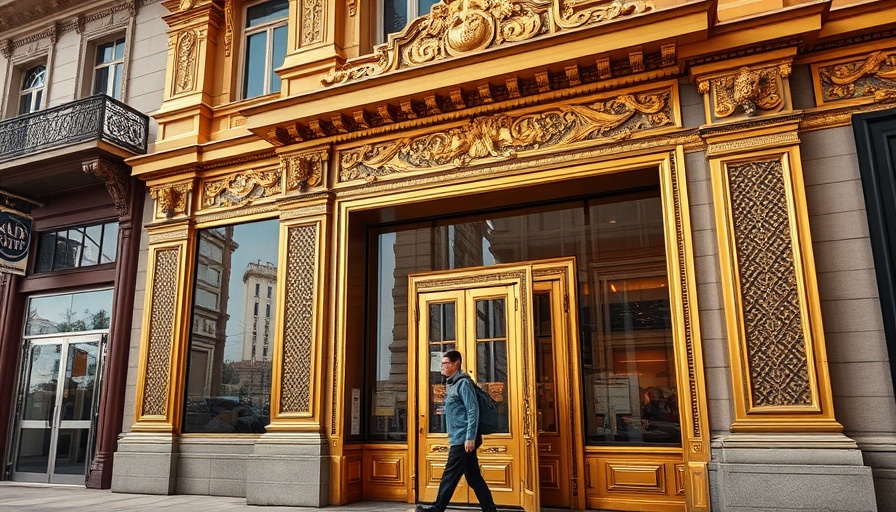
The Harsh Realities of Asylum Seekers
In a poignant demonstration of the precariousness faced by asylum seekers in the United States, a Colombian woman was arrested by Immigration and Customs Enforcement (ICE) shortly after her court appearance in San Francisco on August 22, 2025. The courtroom was filled with families and individuals seeking refuge, many navigating the complex immigration system without legal representation—a common occurrence that leaves these vulnerable individuals exposed.
Impact of Federal Policies on Vulnerable Populations
The arrest of the Colombian woman, who had come to the U.S. seeking asylum from violence, highlights a critical flaw in the legal framework governing asylum cases. Many have pointed to the Department of Homeland Security's (DHS) recent motions to dismiss asylum cases as exacerbating this vulnerability. Such dismissals not only strip individuals of their chance for a fair hearing but also allow ICE to apprehend them immediately in or near the courthouse. This case raises significant questions about the treatment of asylum seekers and the implications of current U.S. immigration policies.
The On-the-Ground Response
Despite the clear distress exhibited by the asylum-seeker, her attorney, Amanda Maya, who provides pro-bono support to individuals in similar predicaments, witnessed firsthand the heartbreaking realities of her client’s situation. Tensions were palpable within the courtroom setting, especially with the ongoing national conversation around immigration policies. Advocates for migrant rights argue that such incidences signify an urgent need for legislative reform to protect the rights of asylum seekers.
A Broader Community Response
The public's reaction to the recent events outside the San Francisco immigration court demonstrates the growing tension surrounding immigration enforcement. Days before the Colombian woman’s arrest, activists clashed with ICE agents during a protest, leading to several arrests of demonstrators. These encounters reflect a community divided; many citizens are advocating for humane treatment of immigrants while others support stricter enforcement of immigration laws. As this issue unfolds, the San Francisco community is called to reflect on its values, safety, and commitment to justice.
Local Policies and National Implications
This incident prompts a deeper examination of how local policies align or clash with national immigration strategies. Recent discussions among the San Francisco City Council highlight the ongoing debates about public safety, immigrant rights, and the financial implications of detaining individuals in such vulnerable states. Residents of San Francisco and other major urban centers must remain engaged in these discussions to ensure their communities reflect values of compassion and equity.
Looking Ahead: The Path Forward
As citizens and policymakers respond to these events, it becomes imperative to formulate a strategic approach addressing both public safety concerns and the needs of those fleeing persecution. Enhanced support for legal resources for asylum seekers, community educational initiatives detailing individual rights, and advocating for comprehensive immigration reform are steps realistically needed to ameliorate the circumstances surrounding these heartbreaking incidents and ensure the protection of human rights.
The heartbreaking events of August 22 serve as a rallying cry for San Francisco and similar cities grappling with immigration issues. As community members engage in discussions around policies impacting asylum seekers, it is essential to foster an environment of mutual understanding and support.
If you want a San Francisco that prioritizes safety and justice for all, consider joining local organizations active in advocating for immigrant rights and reforming policies that support vulnerable populations. Together, such grassroots movements can create impactful change.
 Add Row
Add Row  Add
Add 




Write A Comment